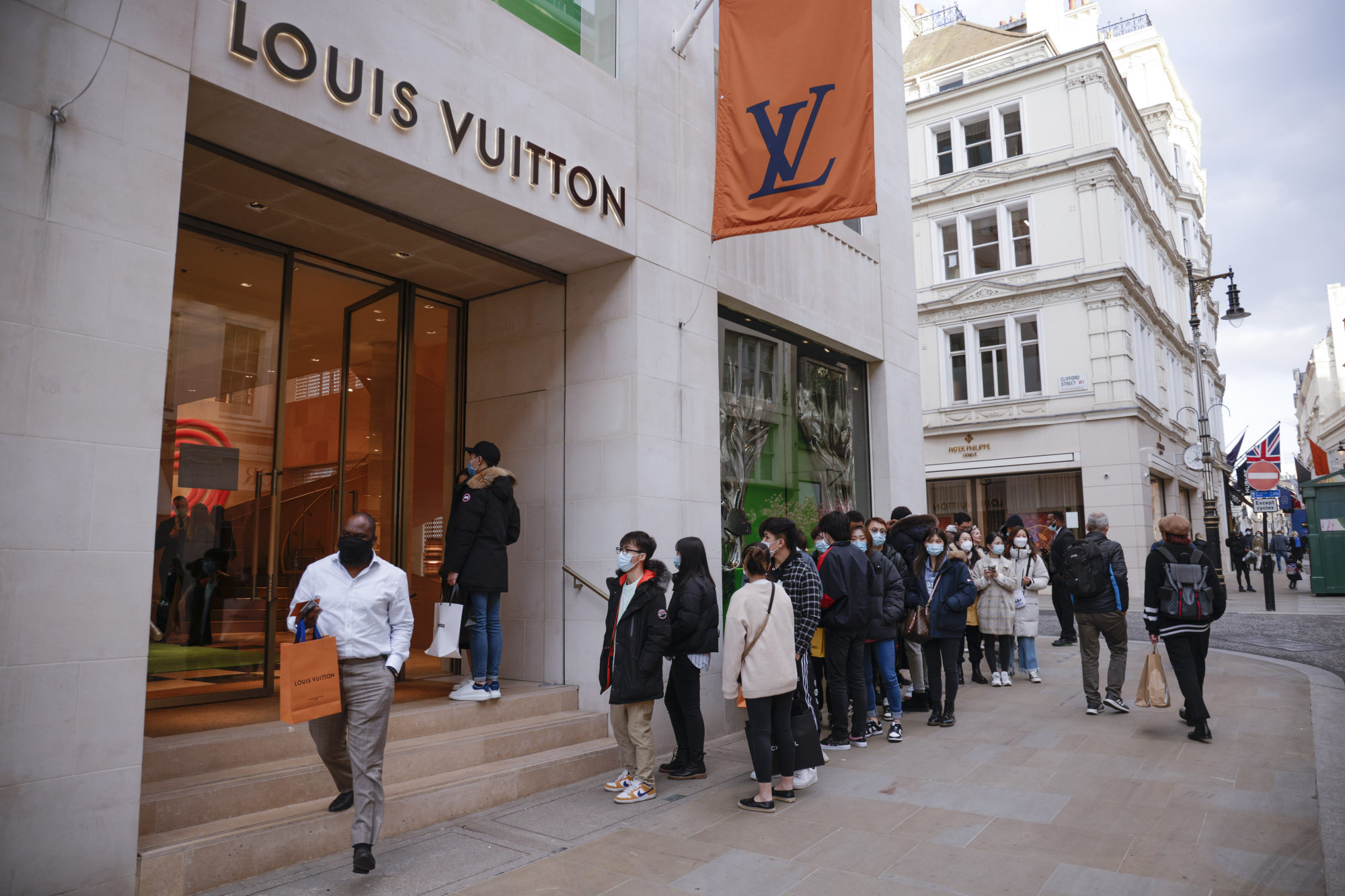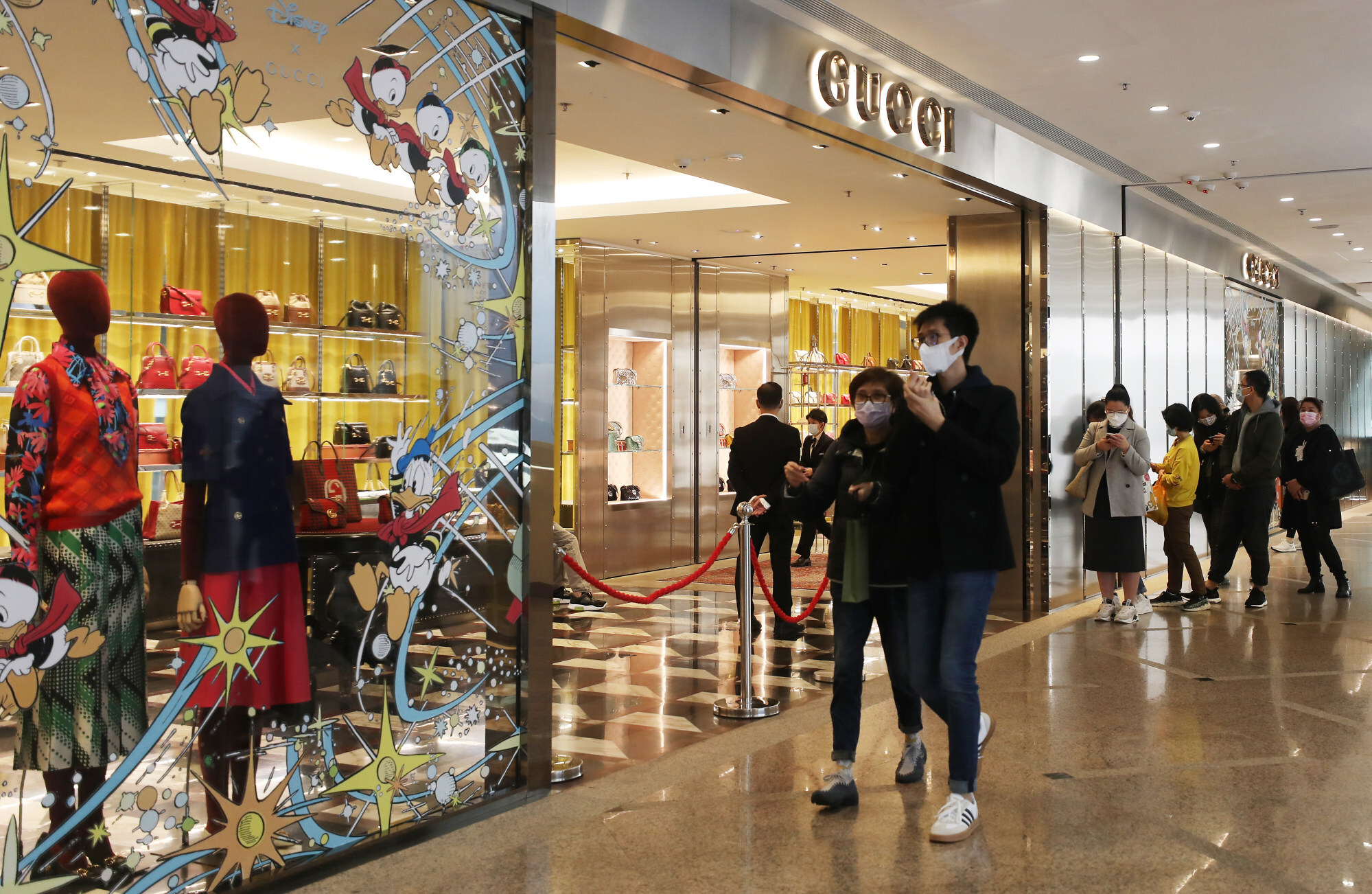Opinion / Why today’s luxury brands may not survive Gen Z: while Louis Vuitton and Dior are better at reinventing themselves, other brands fail to innovate

This article is part of STYLE’s Inside Luxury column.
For many companies, Gen Z seems like a distant reality. “Our customers are not Gen Z,” is something I hear all the time. “So why should we even consider them? We sell to an older demographic,” are conclusions that many managers reach.
Many luxury brands are looking the other way when it comes to Gen Z, or they think that catering to this demographic means selling cheaper products. Both assumptions are wrong, and both assumptions may cost these brands the future. It’s a phenomenon that has been described already decades ago as “marketing myopia” – seeing only the immediate vicinity and losing sight of larger, more forceful changes that will shape the industry.

The brands that will not make it are those that claim that they are luxury while not delivering extreme value for customers. Brands that just equate charging high prices with luxury, but don’t make people feel like they are treated extraordinarily. This is a fatal error. The losing brands will be blamed for neglecting their only task: provide extreme value to customers, so much value that they are willing to pay the price for it.

Many luxury brands have defended their overreliance on physical stores with the claim of superior store experiences. Brand audits all over the world, including categories from jewellery to fashion, from cars to accessories, from real estate to hospitality, have shown that the internal views of brands, particularly their ability to excite customers, often drastically differ from their ability to provide a stellar customer experience. The reality is rather lacklustre; in many instances, they fail to create any relevant memories.
The danger: if there is no memory of an experience, then there is no value. If there is no branded value, then there is no distinct value creation for a brand. And no loyalty and no buzz. Creating memories does not happen by chance. It requires a through definition of the brand equity, a clear and differentiated customer experience strategy, and regular staff training.

In a recent experience audit of several luxury fashion brands in Paris, I found all experiences to be – in essence – the same, all underwhelming if not arrogant, and not customer-centric at all. Each experience was a missed opportunity of getting to know the customer, building a relationship, or inspiring through brand storytelling. We’re not just speaking about amateur brands, the audit included some of the most iconic brands in the world.
If even on that level the number of negative interactions is high, then it’s a definite warning for other brands that are not as professionally managed. Gen Z has the highest expectations when it comes to consumer experiences, and underperforming in delivering these will have strong negative repercussions.

Even more concerning, creating differentiation on the digital journey requires a completely new way of thinking, and not the cookie-cutter digital approach that many brands apply using template websites and apps that provide no to little differentiation and a completely interchangeable customer experience. Both in the physical and digital journey, luxury brands have to rediscover the word luxury and inspire far beyond what is done today.
Not doing it has catastrophic implications. Brands are gambling with their most important asset: their customers! This is the unfortunate reality for many luxury brands. Many experiences are too transactional, too beholden to industry standards, and not nearly personal or memorable enough. An interchangeable category journey, not a distinct brand experience.
This is a critical point that luxury brands often ignore. Mapping the whole customer experience across every sales touchpoint is necessary. Only when the experience at each touchpoint is strengthening the brand story can a brand be competitive. Even one “red flag” is enough to tank a brand’s entire perception. And this requires, consequently, that the brand story is precisely defined after the previous audit step.

Brand storytelling is a holistic task. It starts with understanding what your brand stands for and then rigorously applying that story along the brand’s entire customer journey – without exception. It sounds simple, but it’s the most significant deficit of underperforming brands. Without addressing this core issue, brands are just “putting lipstick on a pig” by taking other measures. And when consumers notice the main point isn’t being addressed, they surely won’t consider the brand to be authentic or relevant – and they will tell others after moving on.

This is why regular audits of brand positioning and customer journey are critical, and identified gaps need to get fixed with quick and precise countermeasures. If a brand story is weak, it must be addressed immediately before competitors take advantage or consumers opt out of a category entirely.
The speed of change can be dramatic. One fashion brand I spoke with had lost 30 per cent of its young consumers over the past calendar year. The CEO couldn’t believe how fast change hit had him. Without drastic measures, the brand won’t be able to turn things around. And many brands face the same fate.

- Some high-end companies think catering to the digitally savvy demographic means selling cheaper products, but these assumptions could cost them their future
- Brands centred on strong storytelling, providing extreme value and offering memorable experiences are more likely to connect with young consumers